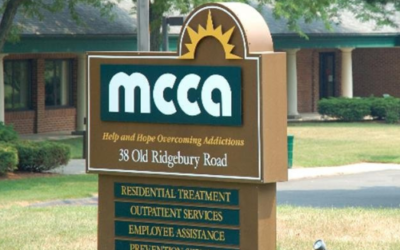Substance prevention efforts and strategies have come a long way in America within the last one hundred years. Do you know about the history of prevention and how we focus the lens of the profession in modern programs?
History and health education are two of my favorite past times, so I took great pride in conducting a deep dive into this subject matter and compiling a compelling article on prevention history and policy. Without knowing where we came from, how can we know where we’re going and ultimately, what our goal is? I think this is important in how we understand the not so savory past of prevention policy which still affect so many people today and how we constantly work to implement the best evidence-based strategies for our focus populations.
The timeline below details substance use and policy starting from the 1600s, from major drug policies throughout the history of the United States (Prohibition, Opium Exclusion Act, Marijuana Tax Act, the formation of the Drug Enforcement Administration, etc.) to current programming and implementation of social and health promotion policy.

Why is understanding the history of prevention important for professional growth and responsibility?
If you have not already, check out our presentation on Prevention 102: Prevention Policy & the Continuum of Care. This presentation goes into depth on the importance of understanding prevention history, shows the evolution of the field and how the profession now relies on evidence-based strategies to inform community planning.
Looking into the past of prevention policy, it is important to understand that many of the policies of the past were not based on the profession’s current standards of ethics, sustainability, or equity. This is especially evident when we look at the racial and ethnic groups who were most affected by the War on Drugs who still experience targeting, imprisonment, and health and socioeconomic disparities generations later due to those policies. Rather than supporting the health and well-being of the American people, drug war logic became embedded in key social determinants of health and social systems, such as employment, education, housing, public benefits, family regulation (commonly referred to as the child welfare system), the drug treatment system, and the healthcare system to the extent that it has exacerbated harm in these systems through practices such as drug testing, mandatory reporting, zero-tolerance policies, and coerced treatment.
It is important for Prevention Specialists to understand this system with our focus community, that we step into communities where a lot of traumas may have occurred before us. Consider reading our articles on the Stages of Change and the Community Readiness Model to have a better understanding of preparing your focus community for necessary changes and gauging community readiness.
Understand that you may be a part of a system that has a history of oppression, but also understand that prevention is evolving in a way which establishes social justice and health equity as our missions.
See.
Cohen A, Vakharia SP, Netherland J, Frederique K. How the war on drugs impacts social determinants of health beyond the criminal legal system. Ann Med. 2022 Dec;54(1):2024-2038. doi: 10.1080/07853890.2022.2100926. PMID: 35852299; PMCID: PMC9302017.



